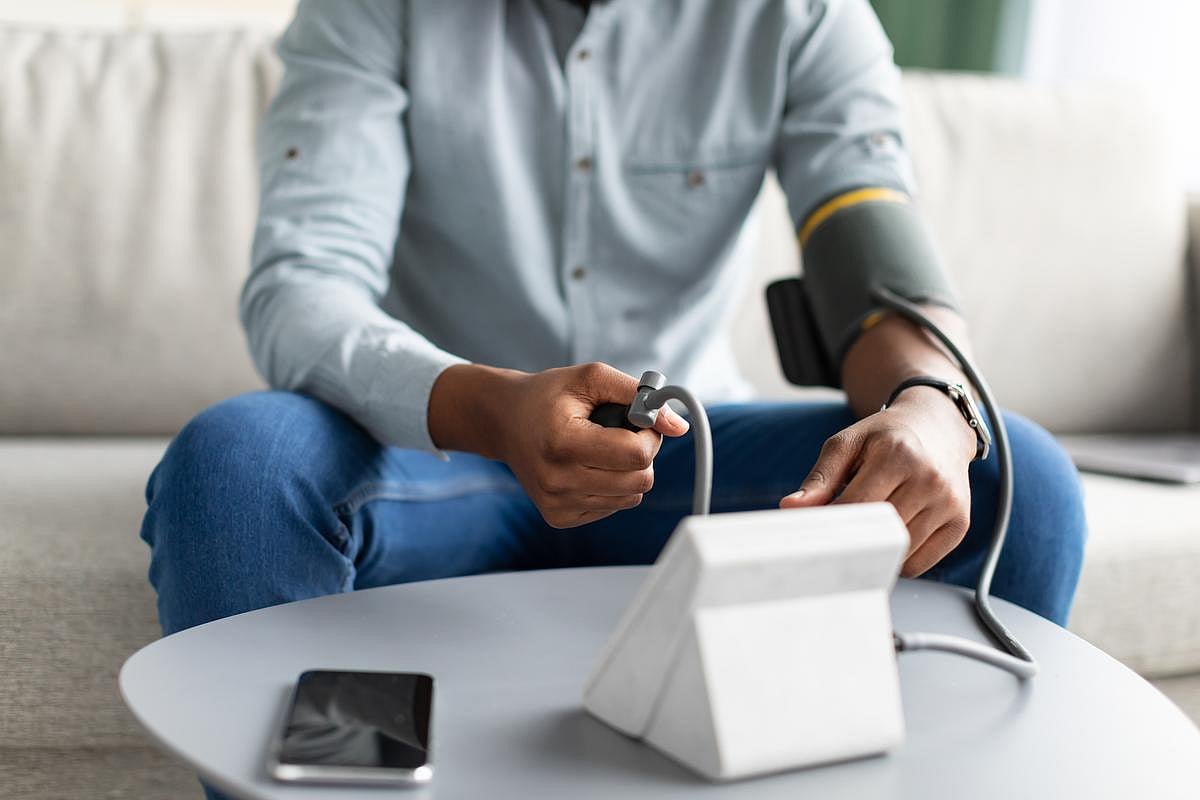Get Healthy!

- Dennis Thompson
- Posted September 6, 2024
Almost 1 in 4 U.S. Adults Under 40 Have High Blood Pressure
An epidemic of high blood pressure is occurring in young adults and children in the United States, a pair of new studies show.
Nearly a quarter of people ages 18 to 39 have high blood pressure, with readings above the healthy level of 130/80, the first study found.
Blood pressure is even a problem for school-age children, according to the second study. Nearly 14% of children ages 8 to 19 have elevated or high blood pressure, researchers found.
Both studies were presented Friday at the American Heart Association (AHA) scientific sessions in Chicago. Such research should be considered preliminary until published in a peer-reviewed journal.
“The prevalence of hypertension in young adults is stark, and social determinants of health amplify the risk for hypertension and subsequent premature cardiovascular disease,” said Dr. Bonita Falkner, chair of the writing committee for the AHA’s 2023 scientific statement on pediatric hypertension.
In both studies, researchers used data gathered from 2017 to 2020 by the U.S. Centers for Disease Control and Prevention as part of its National Health and Nutrition Examination Survey.
The first study looked at young adults’ blood pressure readings, as well as five factors that can influence health -- poor education, low income, lack of health insurance, food insecurity and little to no employment.
“Social determinants of health are the social conditions arising from where people are born, live, learn, work and mature,” said researcher Thomas Alexander, a medical student at Northwestern University’s Feinberg School of Medicine in Chicago.
Nearly 23% of young adults have high blood pressure, and those were more likely to be uninsured, food-insecure and financially challenged compared to older adults, researchers discovered.
These factors appear to interfere with a person’s ability to get their blood pressure under control, researchers found.
Adults with two or more unmet social needs were about 80% more likely to have untreated blood pressure and about 70% more likely to not have their blood pressure under control, results showed.
“Young adults with social needs and high blood pressure need more support to achieve blood pressure goals,” Alexander said in an AHA news release. “Our study highlights that addressing these social determinants through targeted public health strategies is essential to improve outcomes and prevent long-term heart disease and stroke complications in this vulnerable population.”
In the second study, researchers found that nearly 9% of children ages 8 to 19 had elevated blood pressure and more than 5% high blood pressure, based on guidelines established by the American Academy of Pediatrics.
“Youth who have high blood pressure are more likely to have high blood pressure as adults, putting them at greater risk for heart disease and stroke,” said researcher Ahlia Sekkarie, an epidemiologist of heart disease and stroke with the U.S. Centers for Disease Control and Prevention.
About 14% of boys had elevated blood pressure and nearly 7% had high blood pressure, compared with 3% and 4% of girls, respectively, researchers found.
High blood pressure was more common in kids with severe obesity, and elevated blood pressure rates increased with age.
“A healthy diet and regular exercise are important to reducing the risk of high blood pressure,” Sekkarie said. “Ensuring that youth are eating a healthy diet and getting enough physical activity is crucial to helping prevent heart disease and stroke.”
More information
The Mayo Clinic has more about high blood pressure.
SOURCE: American Heart Association, news release, Sept. 5, 2024

